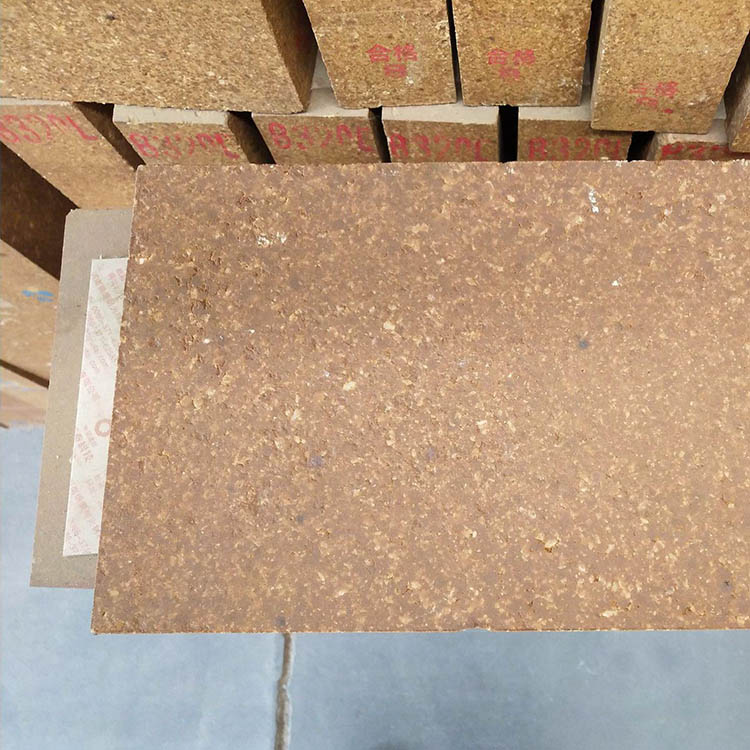Continuous steelmaking operations demand effective thermal management of steel ladle shells to ensure operational safety, energy efficiency, and process stability. Traditional insulation materials such as refractory bricks and thick felt mats have been industry mainstays, yet their inherent limitations in thermal shock resistance, thermal conductivity, and sealing pose escalating challenges. This analysis contrasts these conventional materials against advanced composite insulation panels—exemplified by the Sunrise Vermiculite Steel Ladle Insulation Board—and unveils their superior performance in preserving ladle integrity, minimizing heat loss, and ultimately optimizing steel production economics.
High-temperature operation of steel ladles often results in rapid heat dissipation through the ladle shell, raising safety risks including shell deformation and premature lining failure. Industry data indicates that ladle shell temperatures can reach upwards of 600°C during continuous tapping cycles, contributing to increased maintenance costs and unplanned downtime. Furthermore, thermal losses escalate fuel consumption by an estimated 5%-8%, translating into millions of dollars in annual energy expenses for large-scale steel plants.
| Material | Thermal Conductivity (W/m·K) | Thermal Shock Resistance | Sealing Performance | Typical Service Life |
|---|---|---|---|---|
| Refractory Bricks | 1.2 - 1.5 | Moderate; prone to cracking under shock | Low; joints allow heat leak | 6-12 months |
| Thick Felt (Ceramic Fiber) | 0.2 - 0.35 | Low; fibers degrade at high heat cycles | Moderate; gaps affect insulation | 3-6 months |
Both refractory bricks and thick felt insulation suffer from significant drawbacks. Refractory bricks' rigid structure tends to crack due to thermal shock, causing gaps that exacerbate heat loss. Thick felt materials, while offering lower thermal conductivity, degrade rapidly under cyclic high temperatures, necessitating frequent replacements and increasing downtime.
Composite insulation panels integrate multiple material layers engineered for optimal thermal control, mechanical resilience, and chemical stability. The Sunrise Vermiculite board features a layered structure incorporating highly refractory vermiculite with an alumina-enhanced matrix that significantly improves oxidation resistance and durability in corrosive environments.
| Property | Value / Advantage |
|---|---|
| Thermal Conductivity | ~0.15 W/m·K (lower than felt and bricks) |
| Thermal Shock Resistance | Excellent; multilayer design prevents cracking |
| Chemical & Oxidation Resistance | High due to alumina incorporation |
| Service Life | 18-24 months, reducing maintenance intervals |
The composite panel’s low thermal conductivity helps maintain ladle shell temperatures below critical thresholds—often reducing shell surface temperature by 15%-25%. This translates to significant reductions in thermal wear and fuel consumption.
A major steel facility implemented Sunrise composite panels as their third-layer insulation, replacing conventional bricks and felt across 60 ladles. Within 12 months:

Optimal application of composite insulation panels involves precise fitting and sealing to eliminate heat leaks. Recommended operational protocols include:

Unlock Steel Ladle Efficiency: Schedule a Technical Consultation Today
Download our comprehensive Whitepaper on Next-Gen Steel Ladle Insulation Solutions to explore detailed performance metrics and implementation guides.


